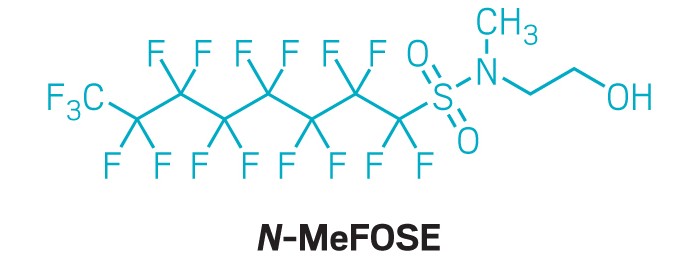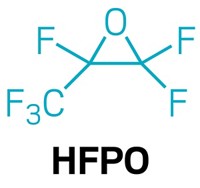Advertisement
Grab your lab coat. Let's get started
Welcome!
Welcome!
Create an account below to get 6 C&EN articles per month, receive newsletters and more - all free.
It seems this is your first time logging in online. Please enter the following information to continue.
As an ACS member you automatically get access to this site. All we need is few more details to create your reading experience.
Not you? Sign in with a different account.
Not you? Sign in with a different account.
ERROR 1
ERROR 1
ERROR 2
ERROR 2
ERROR 2
ERROR 2
ERROR 2
Password and Confirm password must match.
If you have an ACS member number, please enter it here so we can link this account to your membership. (optional)
ERROR 2
ACS values your privacy. By submitting your information, you are gaining access to C&EN and subscribing to our weekly newsletter. We use the information you provide to make your reading experience better, and we will never sell your data to third party members.
Persistent Pollutants
The EPA asks for more PFAS toxicity tests
3M, Wacker Chemical need to fill in data holes for N-MeFOSE
by Leigh Krietsch Boerner
March 27, 2024
| A version of this story appeared in
Volume 102, Issue 10

The US Environmental Protection Agency has asked for more information on yet another of the per- and polyfluoroalkyl substances (PFAS).
This lesser-known chemical, 2-(N-methylperfluoro-1-octanesulfonamido) ethanol (N-MeFOSE), has been used to make textiles, carpets, and furniture resistant to water, oil, and stains. It’s also used in firefighting gear. The request, directed at 3M and Wacker Chemical, calls for data on the physical-chemical properties of N-MeFOSE, as well as on the health effects of inhaling it. The compound can be present in indoor air and in biosolids—treated wastewater sludge that farmers often use to fertilize their fields.

In a statement, the EPA says N-MeFOSE “may present an unreasonable risk of injury to health or the environment.” It says that potential hazards include cancer and damage to the nervous and immune systems. The companies have until March 2025 to comply.
The request is the agency’s fourth PFAS test order under the Toxic Substances Control Act. Earlier orders involved a compound present in firefighting foam and two compounds used to make the surfactant GenX.
“Communities across the country need information about whether or not PFAS are in our air and water, and any health risks caused by these chemicals,” Michal Freedhoff, assistant administrator for the EPA’s Office of Chemical Safety and Pollution Prevention, says in the statement.




Join the conversation
Contact the reporter
Submit a Letter to the Editor for publication
Engage with us on Twitter